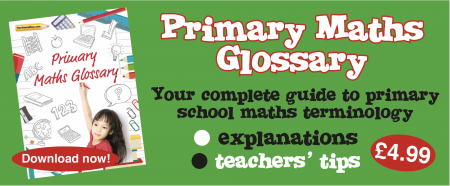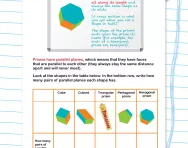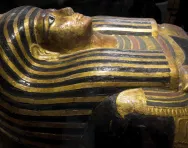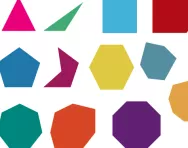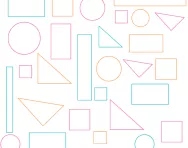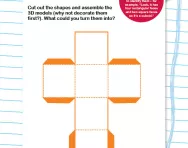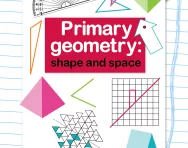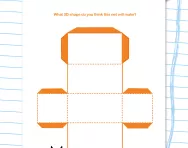TheSchoolRun.com closure date
As we informed you a few months ago, TheSchoolRun has had to make the difficult decision to close due to financial pressures and the company has now ceased trading. We had hoped to keep our content available through a partnership with another educational provider, but this provider has since withdrawn from the agreement.
As a result, we now have to permanently close TheSchoolRun.com. However, to give subscribers time to download any content they’d like to keep, we will keep the website open until 31st July 2025. After this date, the site will be taken down and there will be no further access to any resources. We strongly encourage you to download and save any resources you think you may want to use in the future.
In particular, we suggest downloading:
- Learning packs
- All the worksheets from the 11+ programme, if you are following this with your child
- Complete Learning Journey programmes (the packs below include all 40 worksheets for each programme)
You should already have received 16 primary school eBooks (worth £108.84) to download and keep. If you haven’t received these, please contact us at [email protected] before 31st July 2025, and we will send them to you.
We are very sorry that there is no way to continue offering access to resources and sincerely apologise for the inconvenience caused.
What are prisms and pyramids?
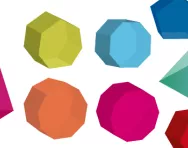
What is a prism?
A prism is a type of three-dimensional (3D) shape with flat sides. It has two ends that are the same shape and size (and look like a 2D shape). It has the same cross-section all along the shape from end to end; that means if you cut through it you would see the same 2D shape as on either end.
Prisms taught in primary school
| Cube | 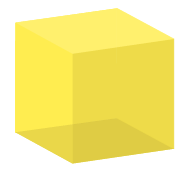 |
| Cuboid | 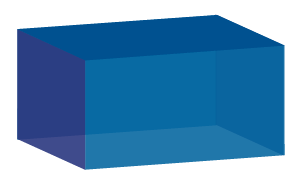 |
| Triangular prism | 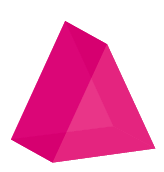 |
| Pentagonal prism | 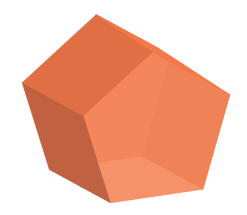 |
| Hexagonal prism | 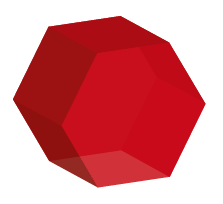 |
| Octagonal prism |  |
Apart from a cube and a cuboid, if you know the name of the polygon / 2D shape on the end of the prism it is easy to work out the name of the prism! (Triangle / triangular prism; Pentagon / Pentagonal prism, etc.)
NB: A cylinder has two ends with the same shape (a circle) but because it has curved sides it is not a prism.
What is a pyramid?
A pyramid is also a three-dimensional (3D) shape. It has a polygon base and flat (triangular) sides that join at a common point (called the apex).
We often think of the famous pyramids in Egypt when the word ‘pyramid’ is mentioned. The Egyptian pyramids are square-based pyramids, but there are several other types of pyramids, each with a different polygon as its base.
| Square-based pyramid | 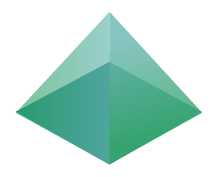 |
| Triangular-based pyramid | 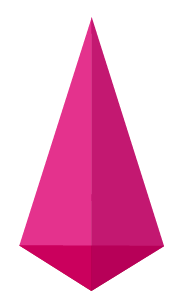 |
| Pentagonal-based pyramid | 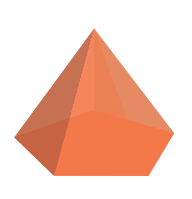 |
| Hexagonal-based pyramid | 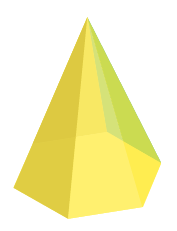 |
| Octagonal-based pyramid | 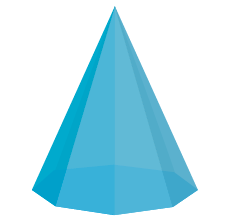 |
Prisms and pyramids in primary school
Year 2 children will be taught to name and identify prisms and pyramids in their learning of 3D shapes. They will learn to describe their properties for example the number of faces, edges and vertices. Children will be given colourful plastic models of 3D shapes to help them practise counting the number of faces, edges and vertices. They may be asked to complete tables to record their results.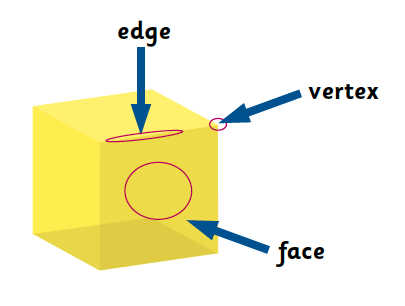
| 3D shape | Prism or pyramid? | Faces | Edges | Vertices |
| Cube | Prism | 6 | 12 | 8 |
| Triangular prism | Prism | 5 | 9 | 6 |
| Square-based pyramid | Pyramid | 5 | 8 | 5 |
| Triangular-based pyramid | Pyramid | 4 | 6 | 4 |
Year 3 children will be taught to use modelling materials to make prisms and pyramids as well as nets for prisms and pyramids. Children could be given cardboard prisms and pyramids that they can unfold to see what a net looks like and might be asked what 2D shapes are needed to build the 3D prism or pyramid.
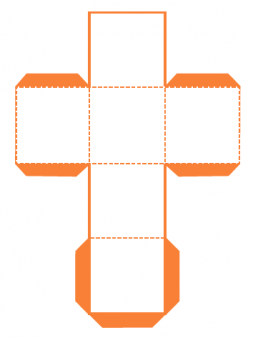
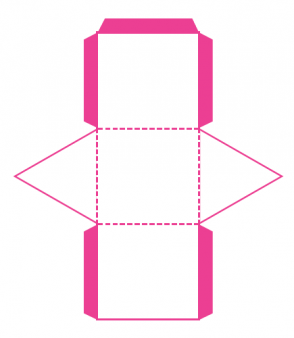
Year 5 children will be taught to identify prisms and pyramids from 2D representations (pictures of the shapes).
